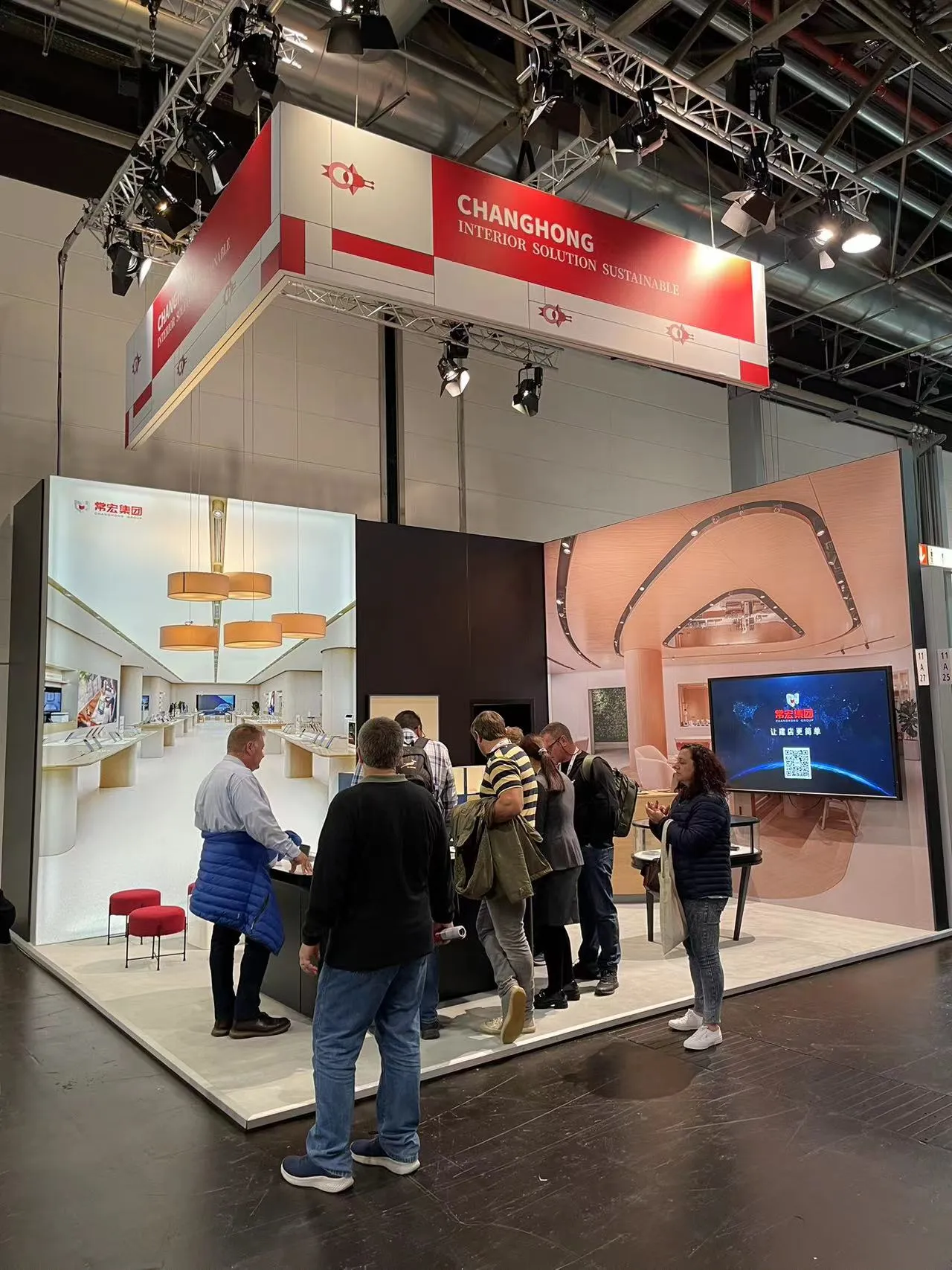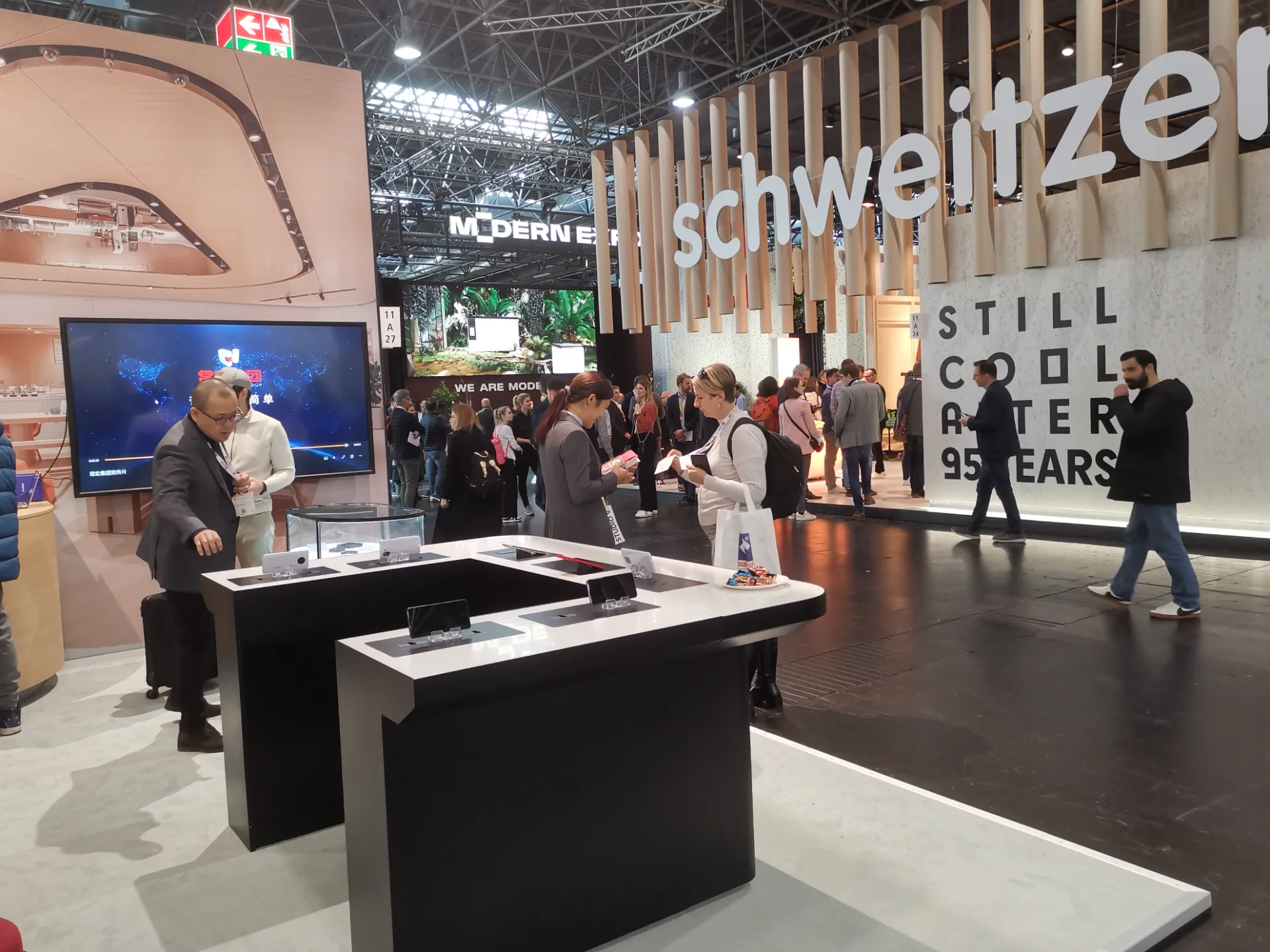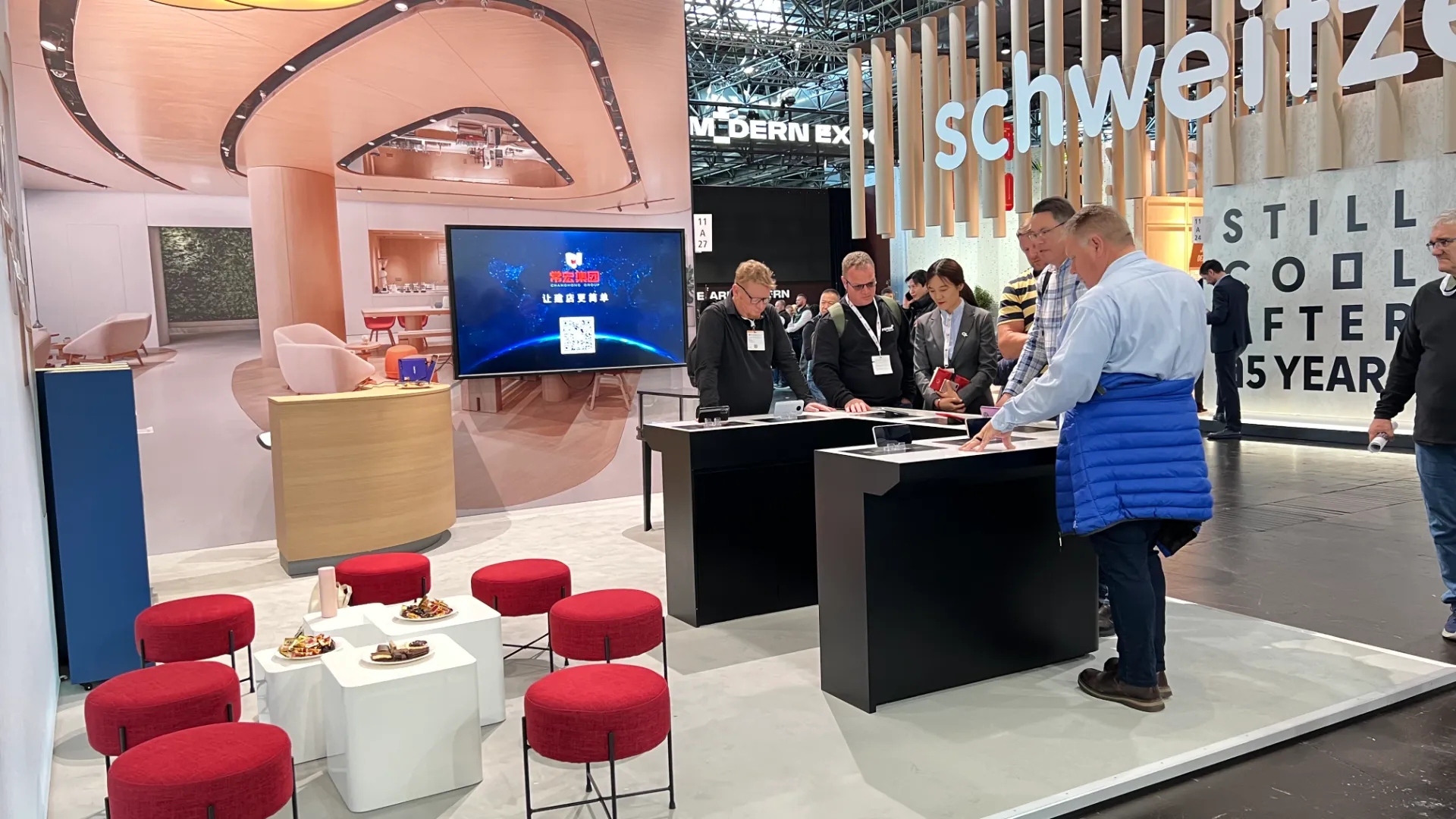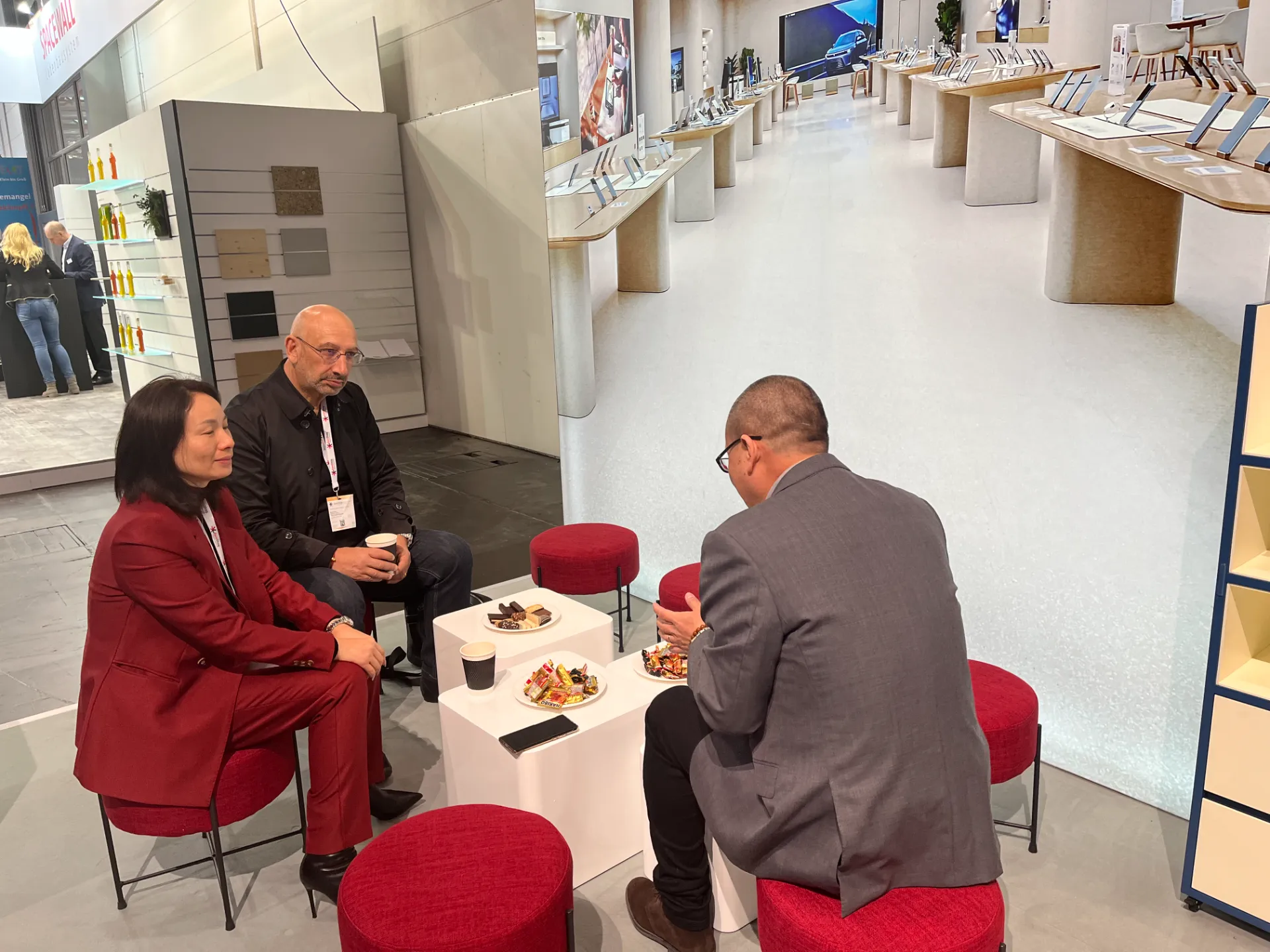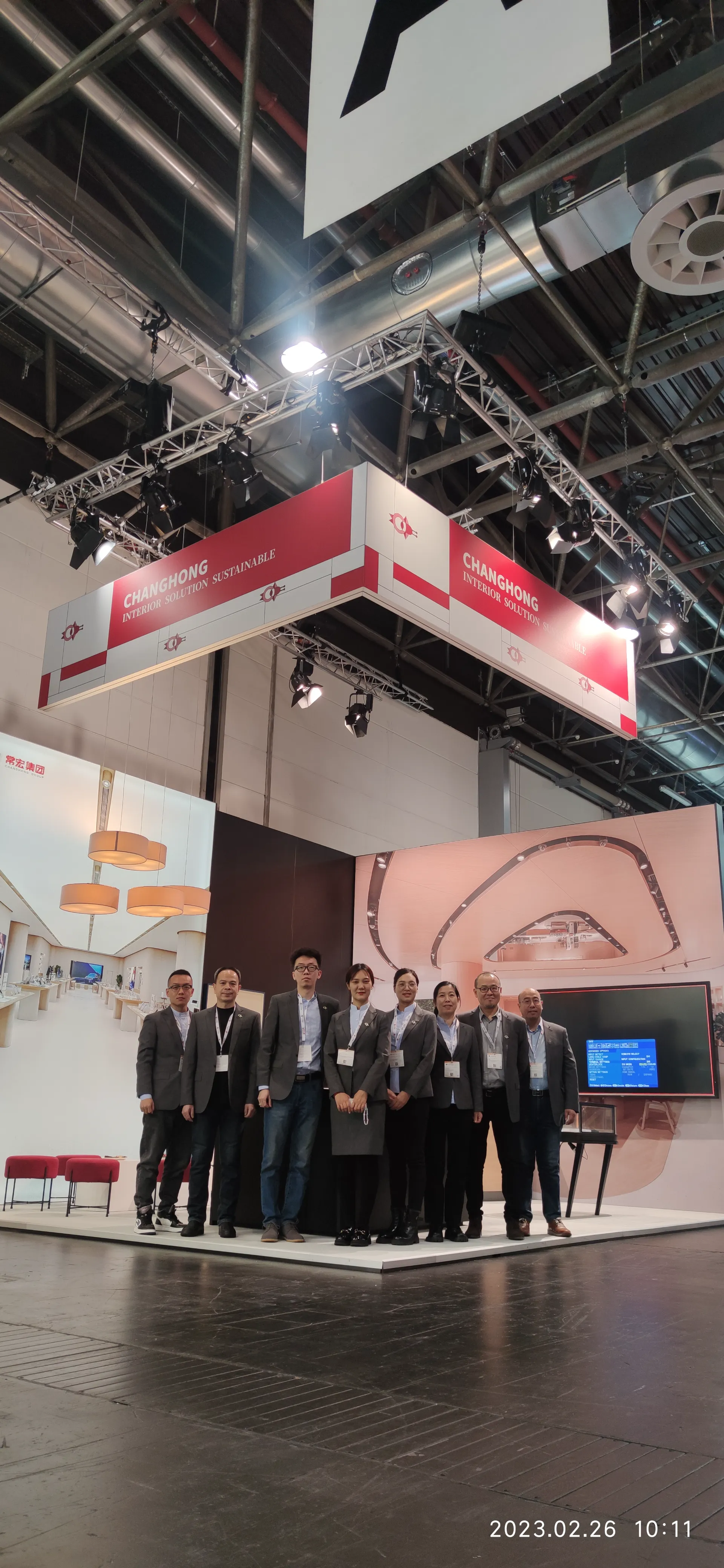Nov . 21, 2025 07:00 Back to list
Modern Shop Fittings: Enhancing Retail Spaces with Technology & Sustainability
Why Modern Shop Fittings Are Shaping Retail Spaces Worldwide
At first glance, “modern shop fittings” might sound like just another industry term tossed around by designers and store owners. But honestly, these components are the unsung heroes behind every great retail experience. They play a role far beyond aesthetics — impacting customer behavior, store efficiency, and even sustainability. Around the globe, as retail spaces evolve to embrace new consumer demands and environmental standards, understanding these fittings means stepping into the future of commerce.
The Big Picture: Why Modern Shop Fittings Matter Globally
In 2023, the global retail industry saw a noticeable shift: customers expect more than just products; they want experiences. According to the World Bank, over 60% of global retail sales now happen in environments emphasizing smart layouts and sustainable design. Modern shop fittings — from shelving systems to digital-integrated display units — solve the puzzle of blending function, form, and flow.
But it’s not just about looking good. The United Nations’ Sustainable Development Goals highlight responsible consumption and production (Goal 12). Modern fittings enable retailers to optimize space, reduce waste, and build stores that last longer — a big step toward greener commerce. Yet, many retailers struggle with outdated fixtures that drain energy, lack flexibility, or simply feel “off” to today’s consumer.
Mini Takeaway:
- Modern shop fittings influence not only aesthetics but also sustainability and customer engagement.
- Global retail trends show growing demand for adaptable and eco-friendly store environments.
- Understanding these fittings helps stores meet economic and environmental expectations.
What Exactly Are Modern Shop Fittings?
Simply put, modern shop fittings are the collection of fixtures, furniture, and display systems crafted using contemporary design principles and materials. They are the structures that hold, highlight, and organize products in retail spaces — everything from modular shelving units and lighting mounts to digital display stands and POS counter systems.
In today’s retail and commercial sectors, these fittings merge traditional craftsmanship with technology and sustainability ideals. They enable stores to transform layouts quickly, integrate digital signage, and use recyclable or reclaimed materials. It’s a small revolution that moves retail environments from static showcases to interactive spaces — kind of like turning the store into a living organism.
Mini Takeaway:
- Modern shop fittings combine innovative materials and design for flexibility and impact.
- They connect retail aesthetics with functionality and environmental responsibility.
Core Components of Modern Shop Fittings
1. Durability and Material Quality
Many engineers say material choice is everything. High-grade aluminum, tempered glass, engineered wood, and composite plastics dominate, offering strength without excessive weight. The aim? Fixtures that can survive high foot traffic and repeated product changes. Surprisingly, some fittings now use bio-based materials or recycled polymers — aligning durability with sustainability.
2. Modular and Scalable Designs
From small boutiques to sprawling department stores, flexibility counts. Modular systems let stores reconfigure layouts rapidly without rebuilding entire sections, saving time and money. Scalability also means fittings grow with business needs: start small, then layer complexity — without an overhaul.
3. Cost Efficiency and Maintenance
While upfront costs can be higher, many retailers report savings over the long haul due to ease of maintenance and adaptability. For example, removable parts and interchangeable components cut repair times drastically. This means less downtime and more sales, which every retailer thrives on.
4. Aesthetics and Customer Engagement
Look closely, and you notice how fittings influence shopping psychology. Good design subtly directs flow, enhances product visibility, and inspires purchases. Color schemes, light diffusion, and interactive displays make modern fittings more than just “props” — they’re active players in storytelling.
5. Integration with Technology
From embedded LED lighting to digital price tags and AR try-on stations, technology is no longer an afterthought. It’s embedded in the very fabric of modern shop fittings, turning static displays into dynamic experiences.
Mini Takeaway:
- Material quality ensures longevity and sustainability.
- Modular fittings offer unmatched flexibility.
- Smart design influences both cost and customer behavior.
- Technology integration sets modern shop fittings apart.
Where and How Are Modern Shop Fittings Being Used Around the World?
In bustling cities from Amsterdam to Tokyo, retailers are embracing modern fittings for flagship stores. In contrast, developing regions leverage lightweight, modular systems for pop-up shops and market stalls, boosting local economies and entrepreneurship.
Industry-wise, fashion retailers, electronics stores, and even grocery chains use these fixtures to streamline inventory displays and improve customer navigation. NGOs recently adopted modular fittings in mobile retail units for disaster-hit areas, helping communities regain access to supplies and essential goods efficiently.
In remote industrial zones, where logistics are challenging, lightweight, easy-to-assemble fittings reduce setup times significantly, allowing quick market access to workers and families.
Mini Takeaway:
- Urban and rural retailers worldwide use modern fittings to tailor customer experiences.
- Modular designs support emergency relief and remote community markets.
- Different industries find unique advantages in adaptable, tech-ready fixtures.
Product Specification Table: Typical Modern Shop Fittings Components
| Component | Material | Dimensions | Weight | Features |
|---|---|---|---|---|
| Modular Shelving Unit | Aluminum frame, tempered glass shelves | 1200x500x1800 mm | 25 kg | Adjustable shelves, LED lighting |
| Digital Display Stand | Steel base, LCD screen | 600x600x1600 mm | 40 kg | Touch-enabled, Wi-Fi connectivity |
| POS Counter with Storage | Engineered wood, MDF laminated | 1500x700x1100 mm | 55 kg | Cable management, lockable drawers |
Advantages of Investing in Modern Shop Fittings
The benefits stretch far beyond what you might expect. On a very practical level, modern shop fittings often bring savings by reducing energy costs and lengthening asset lifecycles. Many store owners notice improved foot traffic and sales, thanks to well-planned layouts and engaging displays. Emotionally, shoppers feel welcomed and confident, which somewhat translates into loyalty.
Environmental impact is another big pull. Using recycled or renewable materials, combined with energy-efficient lighting, supports corporate social responsibility (CSR) goals. For stores, especially chains with multiple locations, this adds up to a powerful brand message.
Vendor Comparison: Popular Modern Shop Fittings Suppliers
| Supplier | Customization | Sustainability Focus | Price Range | Delivery Time |
|---|---|---|---|---|
| ShopFitPro | High (custom builds) | Uses recycled metals & wood | $$$ | 4–6 weeks |
| EcoDisplay | Medium (modular units) | Cert. sustainable materials | $$ | 3–5 weeks |
| RetailTech Solutions | High (tech integration) | Limited eco options | $$$ | 5–7 weeks |
Looking Ahead: The Future of Modern Shop Fittings
Automation, IoT, and AI are no longer buzzwords; they’re reshaping retail fittings. Think shelves that track inventory automatically or counters that adapt lighting based on customer presence. Additionally, bio-based plastics and carbon-neutral manufacturing are setting new standards for eco-conscious designs.
Digitization allows smaller retailers to compete with megastores by deploying modern shop fittings that are cost-efficient yet high-tech. I suspect that soon, even pop-up shops will include digital fitting elements synced to customer smartphones — delivering personalized products and promotions on the fly.
Common Challenges and How to Overcome Them
That said, many companies report hurdles like upfront costs, lead times, and complexity in fitting integration. The key advice I often hear? Start small. Use modular, scalable systems that allow you to experiment without heavy investment. Partner with vendors who provide training and ongoing support. And don’t underestimate the value of user feedback — the staff operating the shop fittings daily often spot issues before designers do.
FAQ: Frequently Asked Questions About Modern Shop Fittings
Q1: How flexible are modern shop fittings for frequent layout changes?
A1: Most modern fittings are designed to be highly modular, allowing stores to rearrange layouts regularly with minimal effort. Quick-release fixtures and standardized connections make it possible to update designs seasonally or for promotions without costly renovations.
Q2: Are these shop fittings sustainable and eco-friendly?
A2: Yes, many manufacturers now use recycled materials and low-impact production processes. Certifications like FSC for wood and ISO 14001 environmental management help ensure that the fittings align with green standards.
Q3: Can shops integrate digital displays within these fittings?
A3: Absolutely. Modern shop fittings often come with built-in channels for wiring, mounts for screens, and smart lighting systems that sync with digital content, creating interactive retail experiences.
Q4: What is the typical lifespan of modern shop fittings?
A4: With quality materials and proper maintenance, modern fittings can last 10+ years, often outliving traditional fixtures due to their modular repair options and material durability.
Q5: How should small retailers approach investing in modern shop fittings?
A5: Starting with modular, scalable components minimizes upfront costs and allows retailers to grow the setup as needed. Consulting with vendors that offer customization and support is vital for tailored solutions.
Final Thoughts on Modern Shop Fittings
In a retail world that’s increasingly competitive and eco-conscious, modern shop fittings are not just a nice-to-have — they’re an essential. They embody a blend of design, technology, and sustainability that elevates both business and customer experience. So if you haven’t explored them yet, maybe it’s time to give your retail space a fresh spin. And hey, for those looking to dive deeper, I highly recommend checking out modern shop fittings and their varieties. You might be surprised how much a well-designed fitting can change the entire vibe of a store.
References
-
Modern Shop Fittings: Enhancing Retail Spaces with Technology & Sustainability
NewsNov.21,2025
-
Essential Sweet Shop Fittings for Modern Retail Success – Durable, Stylish & Sustainable
NewsNov.20,2025
-
Average Shop Fitting Costs Explained: Global Insights & Practical Guide
NewsNov.20,2025
-
Shop Fitting Furniture: Durable & Flexible Commercial Interiors Explained
NewsNov.19,2025
-
Expert Convenience Store Shop Fitters: Design, Durability & Sustainability
NewsNov.19,2025
-
Shop Rack Fitting: The Backbone of Efficient Retail and Storage Solutions
NewsNov.18,2025




